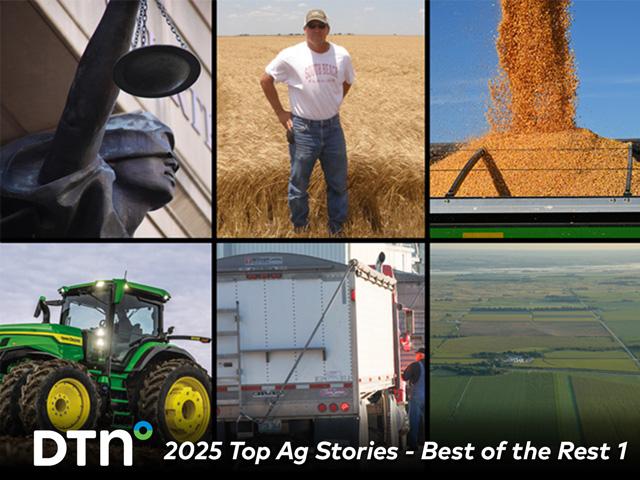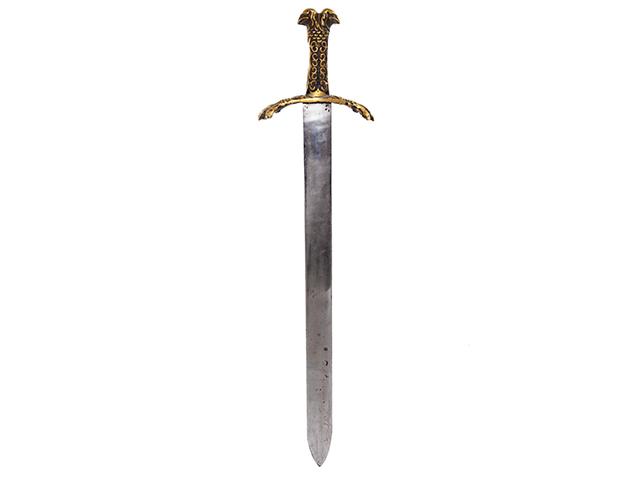Family Business Matters
The Double-Edge Sword of Sacrifice
Sacrifice is a well-known concept on most family farms and ranches. A person, or a group of people, gives up something like money or time for the benefit of someone else, for example, family members or future generations.
Sometimes, this idea of sacrifice is discussed openly among family members. It's specifically identified as a value of the family, and stories are told of past sacrifices. Other times, sacrifice is expected but not necessarily named; it's an unspoken requirement of those participating in the family business.
As businesses transition from one generation to the next, the type of sacrificial behavior expected, or offered, might change. Generational differences, the involvement of in-laws and improved financial conditions may cause the idea of sacrifice to be understood differently than how it was defined in the past, which is why it's important to talk about sacrifice and what it currently means to family members involved in business together. Consider these types of sacrifice and how they apply to your family company.
-- Sacrifice as a gift. Often, the idea of sacrifice has a beneficial connotation. Someone suffered in the past so that others could benefit in the future. For example, one generation of family members might sacrifice taking money out of the business and might even put more money in the business so future generations have a stronger organization. This might include buying and paying for land, choosing to pay down debt or going without certain comforts so future generations have it a little bit easier.
P[L1] D[0x0] M[300x250] OOP[F] ADUNIT[] T[]
-- Sacrifice as a necessity. Sacrifice is sometimes necessary for the survival of the business. A farmer might sacrifice time with others to harvest the crop. A rancher might sacrifice sleep so newborn calves are cared for. A shortage of employees might require all hands on deck and, thus, sacrifice personal or social activities in order to get things done. A business might also forego investments in equipment or inputs for a short time to achieve an improved financial position.
-- Sacrifice as a crutch. Sacrifice can also be used in unhealthy ways in the family business. For example, compensation might be kept low ostensibly because of sacrifice when the real issue is the business' lack of financial performance or too many family members working in the company.
In other cases, sacrifice is used as a way for parents to avoid hard choices about succession planning and the process of letting go. Adult children are expected to sacrifice any sense of clarity about the family business transition, their roles and their financial certitude for the sake of broader family harmony or their parents' privacy. Unfortunately, what usually happens is the family falls apart once the parents pass away. Conflict the parents hoped to avoid has been unwittingly guaranteed.
People also sacrifice their physical and mental health for the continuation of the business. They endure emotional stress or extreme physical pain in hopes of continuing as is only to wind up causing irreparable harm to their bodies, their relationships with others or their remaining years as emotionally healthy family participants. Other family members see the effects of that sacrifice and decide not to continue, thereby negating its value.
In these more errant cases, the notion of sacrifice may perpetuate the business for a while but eventually ruin the economic viability or family relationships necessary for long-term success.
Sacrifice can still be a wonderful and aspirational value to celebrate in the family farm and ranch. Discussing how best to promote the idea of sacrifice with your family business partners will serve you well.
**
-- Write Lance Woodbury at Family Business Matters, 2204 Lakeshore Dr., Suite 415, Birmingham, AL 35209, or email lance.woodbury@pinionglobal.com
[PF_0323]
(c) Copyright 2023 DTN, LLC. All rights reserved.




